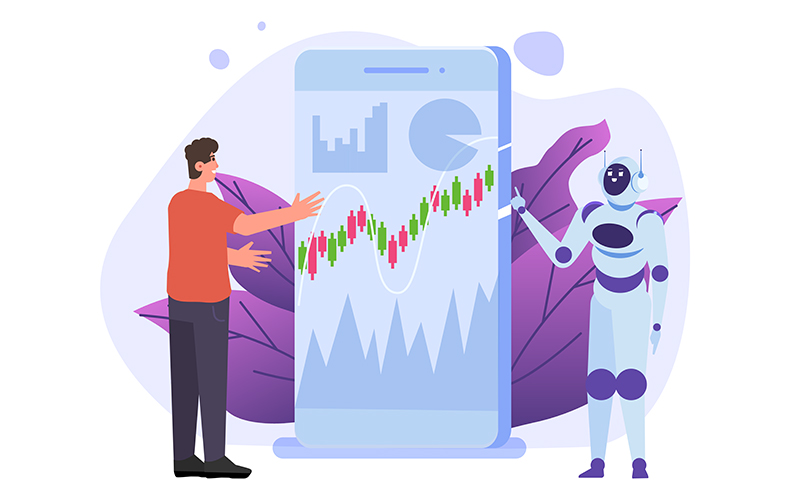BPM Analytics
Descriptive analytics: An understated tool
Data has power. Since the dawn of civilization, it has been recorded and used for various purposes. The earliest known forms of data were recorded with tally or tick marks and used for keeping inventory of produce. Over time, data collection techniques became more refined and newer mathematical and analytical tools that could transform data to something more meaningful and useful were available.
Today, data is at the heart of technological transformation and innovations, thanks to the sophistication of analytical tools. If these tools can be put to better use, so much more can be extracted from data and technological developments can become that much more advanced.
Descriptive analysis - A simple, yet powerful statistical tool
Descriptive analytics is the simplest of all data analytics forms. It organises and presents historical data in an easily understandable way with the aid of visual tools such as charts and graphs. For this reason, it is popular as a reporting tool. Some examples of descriptive analytics are financial statements, student-performance reports, aggregated survey results etc.
Unlike other methods of analysis (such as predictive and prescriptive analyses), it is not used to draw inferences or make predictions. However, being a simple tool, there is the advantage that it can be performed easily without the need of any sophisticated analytical techniques, and yet, it can answer some common business questions such as, ‘Did the last quarter’s performance meet the goals set?’
Some useful information of key importance that it talks about are:
Current performance:
Past trends:
Strengths and weaknesses:
This information can be used to monitor metrics. For example, companies can use this to track sales revenues - per sales representative, for each product line or overall sales for a period.
For companies to do a health check of their progress, it is important to track the same over different periods. For example, to check if sales growth is as per plan, descriptive analysis can help to carry out the necessary calculations as well as present this data in the form of charts, which are easily consumable by the audience.
Descriptive analytics can be very useful for comparing performance across different business groups, with industry averages or with other companies.
Combined power of descriptive analysis and other analytical forms
It is a fact that descriptive analysis has traditionally been limited in its use as a reporting tool. However, when combined with other forms of analysis, its true potential can be unlocked.
Here is how descriptive analysis helps other analytical forms do their job:
Diagnostic analysis
Predictive analysis
Prescriptive analysis
tells why something happened. However, to do that, it first needs to understand what happened; this is done by descriptive analysis.
uses descriptive analysis to predict future trends with the statistical backing of probability of occurrence and the potential impact of a certain outcome. This can enable business leaders to make proactive and informed decisions.
uses both diagnostic and predictive analyses to suggest actions that are best suited for the future.
Conclusion
In a data-rich age, success lies in analysing data and extracting its true meaning. Data analytics can keep your organization in a sentient mode – identifying exactly what customers want.* The initial stage of processing data is crucial as it sets the stage for performing more complex analytics that drive business decisions. Descriptive analysis is at this vital stage of processing.
By summarising data and finding patterns in it, descriptive analysis produces key performance indicators (KPIs) and metrics for business reports and dashboards, which help businesses understand things as they stand. This is the precedence for embarking on growth-trajectory paths.
Like predictive analysis or diagnostic analysis, it does not theorise, draw inferences, forecast probabilities, or make conclusions. However, it lays the foundation for these analytical forms to do their job well.
If used to its full potential and actions taken on the insights it offers, descriptive analysis can deliver significant business value.
Analytics is at the heart of today’s revolutionary technologies, such as AI, ML, and neural networks. Although these concepts have been in existence for more than half-a-century at least, they did not really stand out. The reason for this is the lack of enough data for deep learning models to create any suggestive impact. Now that this has changed significantly, it is time to give descriptive analysis a place of greater prominence in the analytics world!
*For organizations on the digital transformation journey, agility is key in responding to a rapidly changing technology and business landscape. Now more than ever, it is crucial to deliver and exceed on organizational expectations with a robust digital mindset backed by innovation. Enabling businesses to sense, learn, respond, and evolve like a living organism, will be imperative for business excellence going forward. A comprehensive, yet modular suite of services is doing exactly that. Equipping organizations with intuitive decision-making automatically at scale, actionable insights based on real-time solutions, anytime/anywhere experience, and in-depth data visibility across functions leading to hyper-productivity, Live Enterprise is building connected organizations that are innovating collaboratively for the future.






